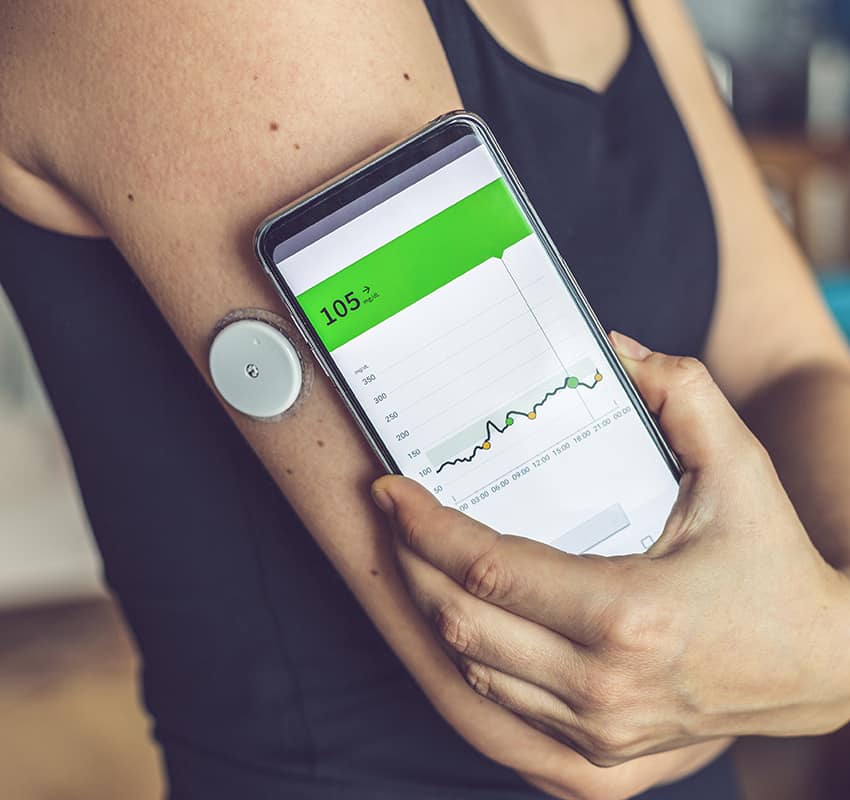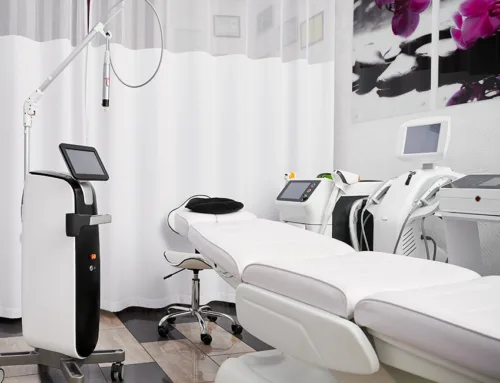mHealth Advertising
The term “mHealth” pops up quite a bit in discussions about modern healthcare technologies such as RPM (remote patient monitoring) and telehealth. mHealth isn’t synonymous with these concepts, but it is part of the larger growing need for remote, digital health solutions.
So what exactly is mHealth and how can companies with mHealth apps advertise them with Healthy Ads? Let’s take a look.
What is mHealth?
To understand what mHealth (a.k.a. mobile health) is, it does help to have the context of what telehealth is. Telehealth is the group of processes and services out there that are designed to help patients connect with their doctors, pharmacies, and specialists remotely via the internet. mHealth, which would be considered one element of telehealth, involves specialized ways to use mobile technology in order to improve health goals.
Because a vast majority of Americans use a mobile device in some capacity, mHealth has become increasingly popular. The practice of developing apps and smartphone technology has made it possible to support public health during the pandemic– but it’s only going to grow, even after COVID-19. Consumers are much more interested in digital solutions than ever before, and that includes their healthcare and medical services. mHealth is very much a response to that need.
mHealth App Categories
There are many different ways that healthcare professionals and patients can utilize mobile devices for health services. A few popular use cases for mHealth apps include:
- Human resources organization, management, and supervision
- Mobile synchronous and asynchronous (essentially audio and SMS) diagnostic support
for remote physicians
- Health services monitoring and reporting
- mLearning for patients
- Training and continuous development for healthcare workers
- Health promotion
- ERS or Emergency response systems
- Remote patient monitoring at home
- Community mobilization
- Support for chronic illness management
- Peer-to-peer personal health management
- Point-of-care physician support
- Database and decision support
- Pharmaceutical supply chain integrity
- Patient safety and monitoring systems
- General remote monitoring and clinical care
Some popular existing categories for mHealth apps include:
- Symptom checking apps
- Search apps for finding a doctor or specialist
- Clinical and financial record managers
- Condition management apps
- Prescription and pharmacy apps for filling and adherence
- Rehab program apps
- Self-monitoring apps for managing food, water, exercise, etc.
In addition to these existing apps, there are also growing initiatives around the world that demonstrate the efficiency of using mobile devices to provide health care solutions remotely. SMS alerts have been proven to influence behavior, which can be used to help patients stick to care regimens and preventative behaviors. Smart alert systems are another excellent use case for physicians that want to be able to monitor if patients are taking medication. Overall, mHealth can optimize quality care and help remote patients connect with medical professionals and services with ease.
It’s also likely that mHealth with grow in popularity in the coming years. Statistics show that monitoring services and apps such as chronic disease management and remote patient monitoring with take over a whopping 65% of the market at over $15 billion. Diagnostic services, which can be delivered with mHealth solutions, will likely comprise 15% of the market at about $3.4 billion.
What’s the Difference Between mHealth and Telehealth?
Telehealth refers to all of the processes and instances of healthcare that are implemented via modern technology. mHealth, a form of telehealth, refers to the specific use of mobile devices and apps for healthcare.
Driving Users to Your mHealth App
If you’re interested in driving users to your mHealth application, you’re in luck. Healthy Ads can help. Healthy Ads provides health advertising for medical app developers who want to reach very engaged and relevant audiences. We manage hundreds of high-quality publishers in order to provide our advertisers with the best possible advertising experience. Consumers are becoming more interested in mHealth apps– it’s all a matter of connecting with those specific consumers via programmatic advertising.








